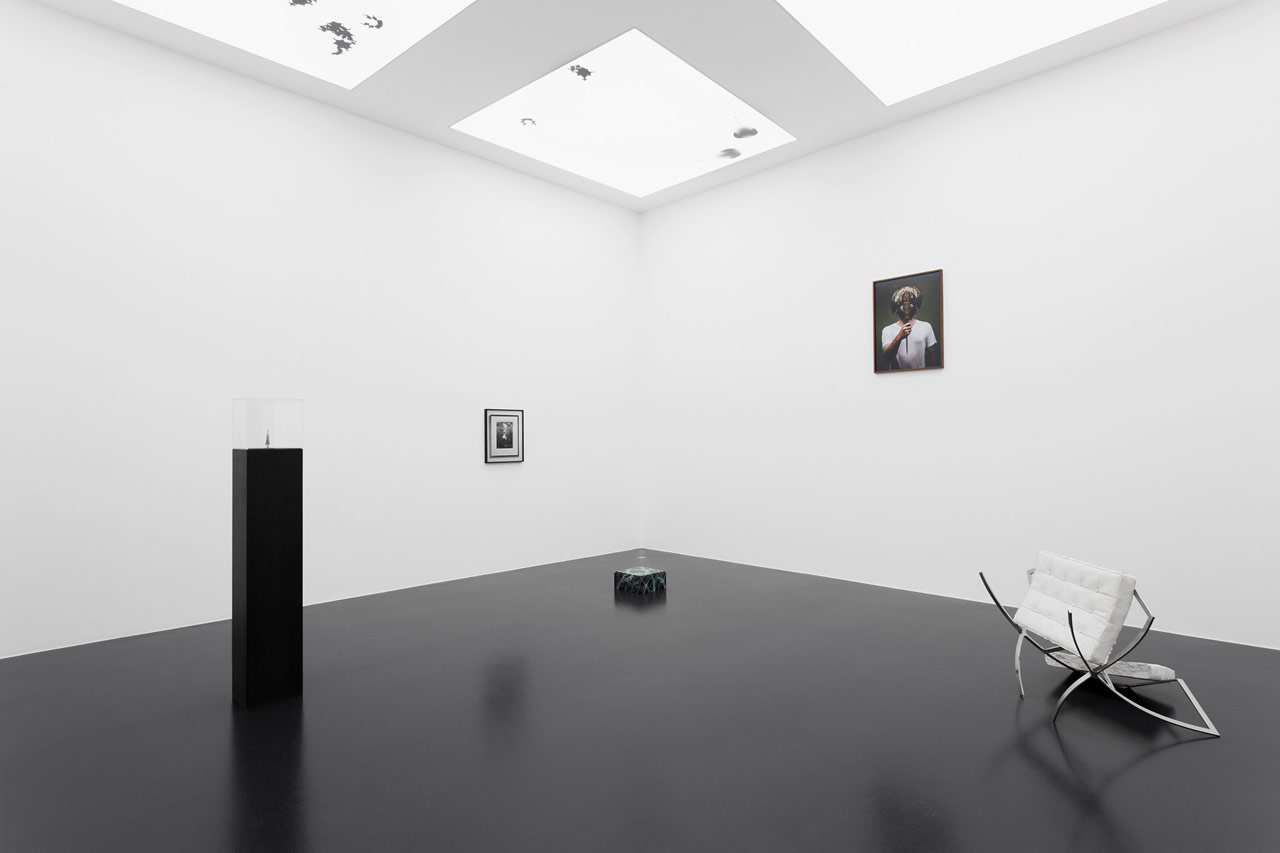In his work, Christian Andersson presents alternative ways of interpreting the truth in order to illustrate that there is no single objectively true story. He poses questions about thinking and seeing to make us aware of the idea systems that penetrate us and that are continually evolving during the course of history. As a point of departure in art and architectural history, popular culture, literature, and the canon of western civilization, Andersson reminds the viewer that there are always alternatives, other ways of looking at the world. He presents forgotten – or repressed – facts in a new way, challenging patterns of thought that too often have become rigid. Andersson's art offers plenty of space for meandering thoughts, and explores the boundaries between plausible and implausible. Juxtaposing emotion and reason, he establishes enough momentary doubt to test our powers of comprehension.
Q and A – 3 Questions to Christian Andersson
1. 'What you see is what you get' is one of the most famous quotes in the art world. What do you think of it?
I never really understood if there was supposed to be a double meaning hidden in that expression, if "get" might mean both "what you're given" and "what you understand" (as in "do you get it?"). Myself I always chose to think of it in terms of understanding, and then it's a reasonable expression in terms of perception; we see what we understand. In Charlie Kaufman's film "Synecdoche, New York" (2008) the protagonist Caden Cotard, played by Philip Seymour Hoffman, is being examined by an eye doctor who wants to send Caden to a neurologist for further inspection after claiming that "after all, the eyes are a part of the brain". This statement leaves Caden perplexed, in a state of doubt concerning reality. Can we really trust in what we see, or do we simply patch visual input together on a mixing board consisting of memories and previous experiences? Is the retina a device working in two directions even, fuelling the brain with additional info and at the same time leaking previous input into our very field of vision? Being interested in the boundaries between seeing and believing in my artistic practise for many years I often made use of this kind of doubt in many of my installations. I tried to create a kind of "double memory" in relation to the experience of my art work; where the primary impression of the work existed on a strata difficult to decipher for the brain, working more as a purely physical notion, followed by the inevitable "Oh, I get it", where our logical thinking is taking over the processing of the experience. In this way an illusion might be represented in two parts of the viewer's memory after the experience, resulting in a minor neurological conflict concerning facts and emotions. I still think a lot of the future memory of the viewer when I'm putting together my exhibitions, focusing on the one hand the immediate presence of the exhibition, and on the other hand spending just as much effort into guiding how that immediate presence will live on when the viewer is trying to remember or mediate their impression further, in discussions, dreams, etc.
2. If you would have to work on only one project for the rest of your life, what would it be?
The last couple of years I have come to terms with the fact that I regard my whole artistic practice as that one "project" more than separate objects, presentations and ideas. Once I settled with this idea I found a greater confidence in how and why I chose to investigate and convey my interest through my art. You could say that I'm building a model, or drawing a map, where I expand streets and buildings, adding characters and plots. This blueprint is redrawn and tossed around constantly, but for each new version something sticks, gets to stay, as a permanent structure in this terrain. In his lecture "How to build a universe that doesn't fall apart two days later" (1978), author Philip K.Dick stated "I will reveal a secret to you: I like to build universes that do fall apart. I like to see them come unglued, and I like to see how the characters in the novel cope with this problem". I can totally agree with this working method. This blueprint or grid that I am building is what I use to try out different known "characters" in history, art, science, etc. I let my references run down my streets, lost and confused, to see where they finally settle down. For me this is a way of reaching an alternative view of the fixed facts, truths and ideas of the world surrounding me.
3. Turning 40 your Mid-Career starts. How was the first part of your art life?
It's been an experience of ongoing trial and error that has led me here. For each trial and for each error, concerning people, work, expectations and confidence, I slowly learned how to put together a method that gradually started making sense. Looking back I realise that my existing works are really the log, the memory imprint, of this experience. The early works were a way of mapping a field of interest, a grid to build upon. Bit by bit this grid received multiple axes, opening up new dimensions for me to work within. I started with a floor, then added walls, etc. By now I have a multi-dimensional system where the matters insides can coexist in an environment shaped by my thoughts, my experiences and my gatherings of information. This is where I build my stories and from this space I extract snapshots, which I manifest in a physical shape, forming exhibitions and dialogues.
The questions were posed by Katharina Schmid, director of von Bartha gallery.















